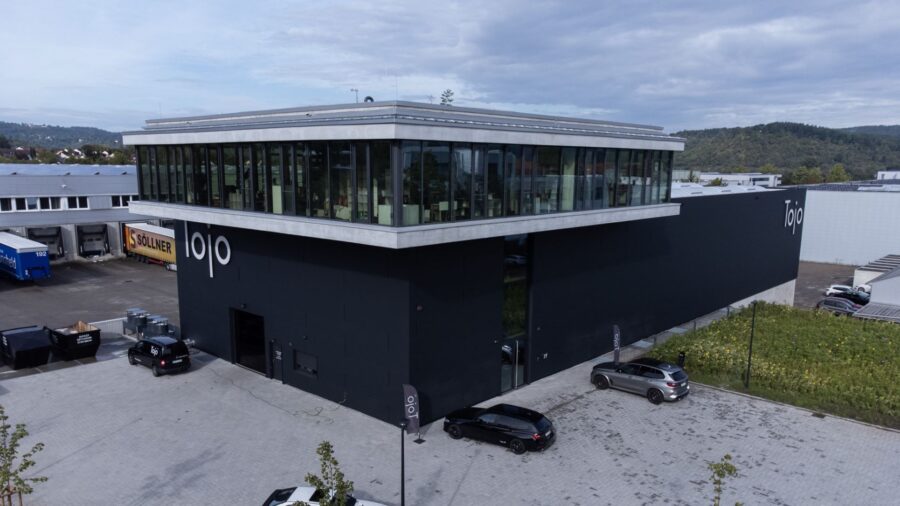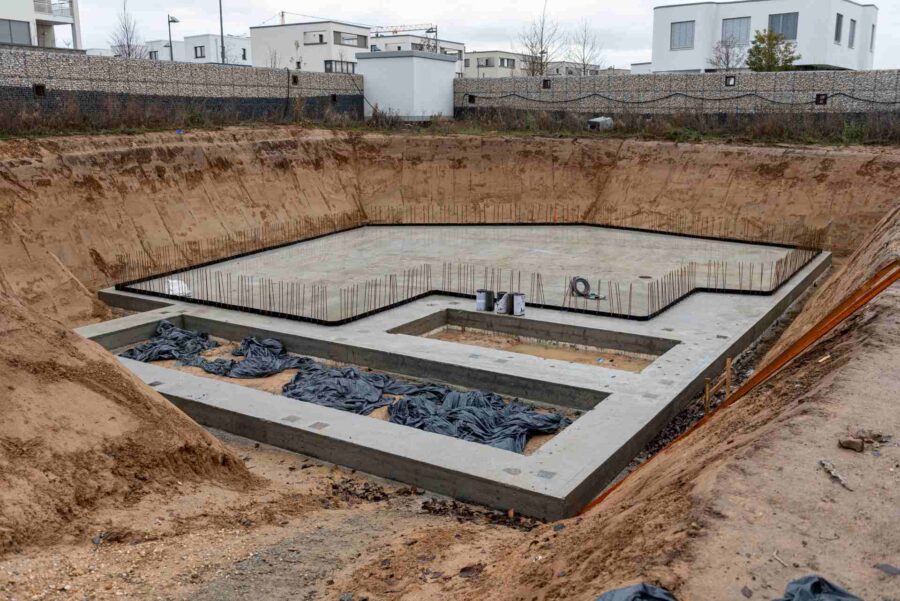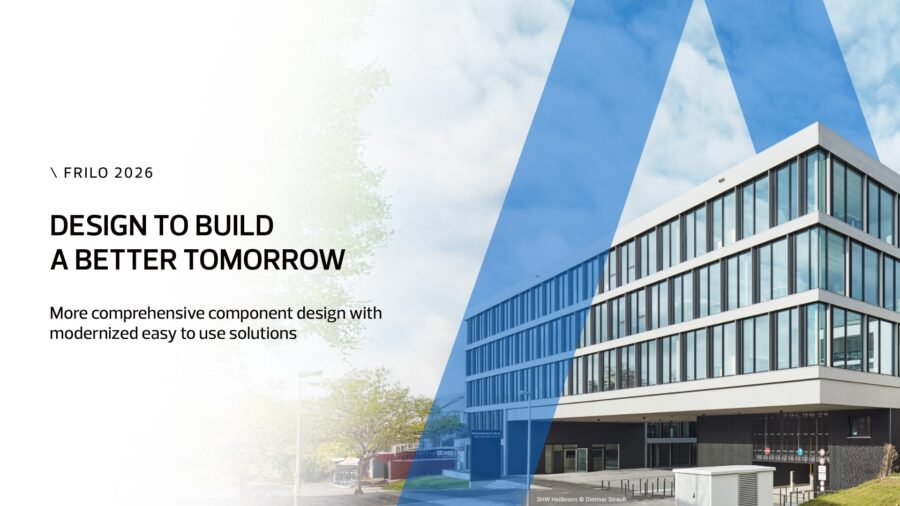FRILO
2026
All updates and new features in FRILO 2026
FRILO 2026 boasts numerous new features and program updates in the areas of reinforced concrete, steel construction as well as foundation engineering. These include:
- new PLUS program for analysis and design of prestressed reinforced concrete griders
- new standards and verifications for the design of reinforced concrete cross sections
- analysis and design of strut-and-tie models in reinforced concrete
- Verify whether a concrete wall can be constructed without reinforcement
- the redesign of the output profile manager of the plate program
- significantly improved input options for modeling frameworks
- extended database for managing and modeling of cross-sections
- unified application for the design of steel connections
- unified application for the design of foundations
- new licensing system for FRILO software

Reinforced Concrete

Framework

Steel Construction

Foundation Engineering
Verification of Reinforced Concrete Cross-Sections
Extension of program for design of reinforced concrete cross-sections
The “Verification of Reinforced Concrete Cross-Sections” program now includes the national annexes of EN 1992 for the Czech Republic, France, the Netherlands, and Belgium. This allows not only cross-section design for bending with axial force, shear, and torsion, but also verification of crack widths and stresses. In addition, effective stiffness can be determined. The program also makes it possible to analyze cross-sections with cast-in-place concrete additions and to perform fire design for rectangular and circular cross-sections using the general method based on a thermal FEM analysis. A new feature is an additional verification mode that allows checking the load-bearing capacity of a cross-section with predefined reinforcement.
Prestressed Reinforced Concrete Girder
Program with new PLUS interface
With the new “Prestressed Reinforced Concrete Girder” PLUS program reinforced concrete beams and pre-tensioned girders can be analyzed and designed. The new, modern, interactive “PLUS” enhances the look and feel of the application by enabling quick and easy system input and editing. For prestressed beams, all required ULS (ultimate limit state) and SLS (serviceability limit state) verifications can be performed, taking into account time-dependent losses due to creep, shrinkage, and relaxation. Key features include the consideration of cast-in-place concrete additions, heat treatment, and load-bearing strengthening. The modeling of Double-T sections can be parameterized, and compatibility with other “PLUS” programs is provided.
Strut-and-Tie Model Reinforced Concrete
Verifications for stiffness-optimized and user-defined strut-and-tie models
Until now, the “Strut-and-Tie Model Reinforced Concrete” program only generated strut-and-tie models for the design of reinforced concrete components without actually performing the design of it. With the FRILO 2026 version, it is now also possible to perform the analysis and design of stiffness-optimized and user-defined strut-and-tie models. The verification of compression struts, the verification of tension struts with reinforcement selection, the verification of compression at load-bearing supports and under load plates, the transverse tension verification, and the verification of nodes can be performed. Users are supported with tips and guidance throughout the process.
Unreinforced Concrete Wall
Construction of concrete walls without reinforcement
If walls are not subjected to any significant bending moments but mainly compressive forces, they can be designed without reinforcement. With the new “Unreinforced Concrete Walls” toolbox walls made of normal and lightweight concrete with a normal force and moment load can be examined for the necessity of reinforcement. All usage limits are checked, and all necessary checks for shear force, bending with normal force, second-order theory, and local failure are carried out. The analysis is based on EN 1992-1-1, Chapter 12.
Framework
Improved input options for modeling frameworks
The “Framework” program, that calculates internal forces and reactions for 2D or 3D bar-shaped load-bearing systems, now has optimized input workflows and new features for efficiency and error reduction. Enhancements include better member division, direct formula input, section validation, sortable cross-sections, DXF node snapping, structure mirroring, batch support condition changes, improved load combination tables, and copying of load combinations. Stability supports now have previews, and units can be displayed.
Steel Connection
Unified application for designing steel connections
Seven steel connection programs that were previously offered separately are now combined in one application, allowing users to get a better overview of the various types of possible steel connections and switch between them more easily. The seven programs include:
- Fin Plate
- Butt Plate Joint
- Splice Connection
- Bolted Frame Corner
- Welded Frame Corner
- Steel Angle Connection
- Typified Steel Connections
Steel Column
Extended database for managing and modeling cross-sections
The “Steel Column” program is used to perform structural safety verifications in accordance with the equivalent member method for centrically and eccentrically loaded columns made of sectional steel. In addition to I-profiles, rectangular tubes, and tubes, the new version of the application now also allows T-, U-, L-, and rectangular profiles made of flat steel to be defined as cross-sections. Almost all standard section types for steel columns are supported, allowing greater design freedom in dimensioning and uniform, better-structured documentation.
Foundation
Efficient design of foundations thanks to product harmonization
For analyzing and designing foundations, the new version of FRILO offers a unique all-in-one solution that combines all foundation programs of FRILO and DC in a single “Foundation” module. Users now have access to all foundation types within a single application and can easily switch between options (e.g., isolated, pad, strip, mast, or raft foundations). This all-in-one solution significantly increases efficiency and reduces complexity, giving engineers more time for modeling and designing foundations.


